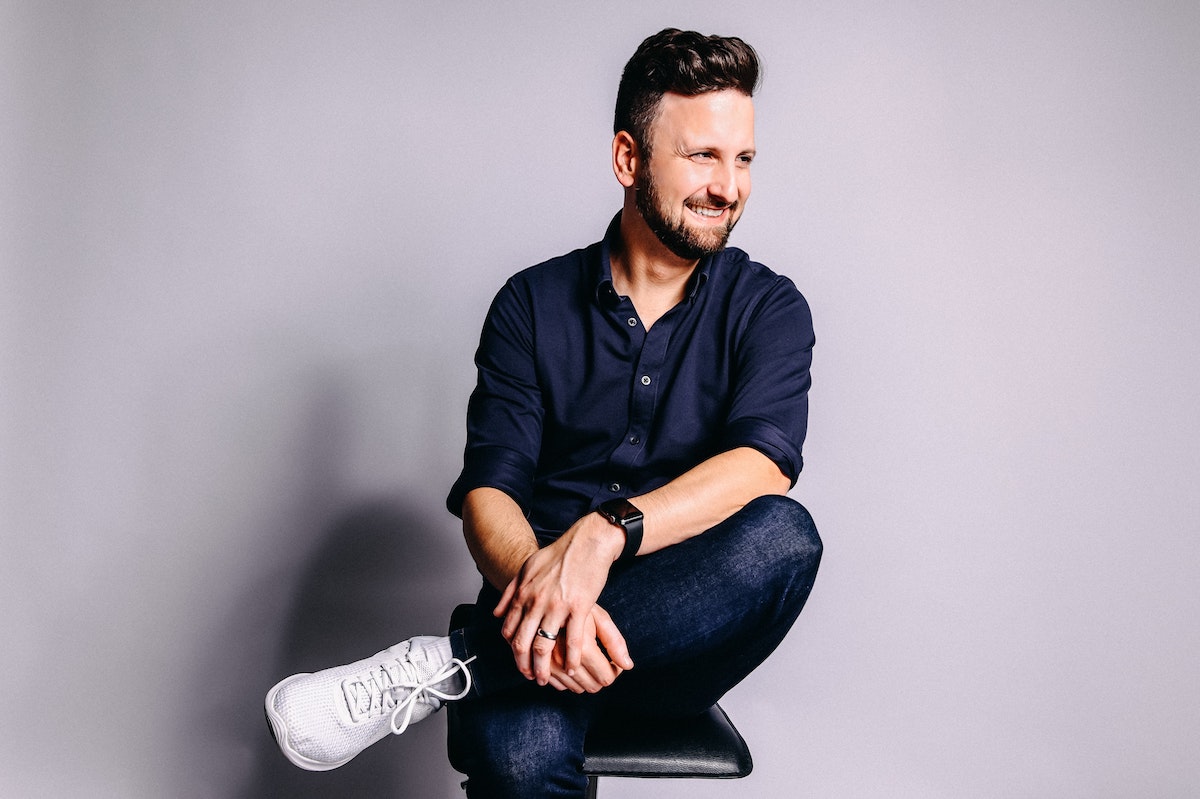
Get Paid to Share Your Expertise
Help shape the future of business through market research studies.
See Research StudiesIf you’re like many people during the pandemic, you may have gotten into the habit of rolling out of bed a few minutes before your first Zoom meeting and throwing a sweatshirt over your pajamas. Forget “hard pants,” as business casual meant from the waist up, and only if you had virtual meetings that day.
For the last year-and-a-half, this has been how many of us dressed. But does hyper-casual workwear affect productivity?
The answer, at least tentatively, is yes. In a study of 1,000 people, 37 percent said their productivity was negatively affected by the lack of effort they put into getting dressed in the morning.
Career coach Erin Hatzikostas suggests that you should groom and dress for the energy you need for the day.
“For example, there are days that I forgo showering—and opt for a hat—so I can sneak in that run that I otherwise wouldn’t have time to fit in. Alternatively, I’ve had days where I’ve thrown on a sundress because it helped me feel normal,” she noted.
As we move back to our in-person offices at least for a few days a week, some may also wonder how this habit of casual workwear will translate into the business casual dress code. “Business casual” came into the corporate vernacular over 20 years ago but has never had a hard-and-fast definition. Does the phrase mean a suit with no tie? Jeans and t-shirts, or khakis and button-downs?
This already in-flux definition became even more hard to pin down after a year of working at home. So, what does “business casual” mean in the post-pandemic world?
Comfort will take top priority – but without sacrificing style.
No employees want to start wearing bulky suit jackets or tight pencil skirts after a year in sweatpants. That’s why “worklesiure” – a play on “athleisure” is on the rise. Some of these pieces include dress pants that feel like yoga pants, khakis made from stretch material, and sophisticated t-shirts.
The idea here is that you can still look put-together without sacrificing ease. Andrew Wyatt, CEO of fashion company CALA, suggests that cotton and stretch fabrics in more professional silhouettes will be popular, especially so employees don’t have to change out of their “work clothes” for after-work functions.
It’s still important to gauge the level of formality at your company.
One of the most uncomfortable experiences is being significantly overdressed or underdressed at a meeting. What’s important is identifying your company culture and considering how others might dress; this is especially true if you’re interviewing via Zoom for a position.
In practice, it’s a good idea to return to the office with a series of clothing options. Perhaps you bring a blazer that you could throw on if others are dressed more formally. Or you could opt for a pair of pants that are more tailored until you determine what your colleagues – or executives – are wearing.
What’s more, not every office is going to embrace business casual attire to the nth degree. Arch Global Advisors, for example, went back to their pre-pandemic dress code of formal business wear like suits when they returned to the office.
“There was a sense of confusion on their end, so we had to put some guidelines in place. We wanted to maintain our culture. We wanted to go back to how things were before the pandemic,” said the firm’s managing partner Sheraz Iftikhar.
“Business casual” can mean something different for different people.
“Lookism” is how you’re judged based on what you wear, your level of formality, and your grooming habits. The pandemic may have discouraged us from stereotyping others based on appearance, but this habit isn’t going to simply disappear.
So, if you’re hoping for a promotion or a pay raise, you still may want to dress more formally than others at your company. Ask yourself these questions:
“Is your wardrobe an asset or a liability? Do you look promotable? Do people notice you even when you’re NOT the team lead?”
What’s more, women will likely fall prey to more problems with dressing casually than men will. It’s a good idea to take cues from senior female executives when determining how informally you can dress for the office.
“Business Casual” for the Post-Pandemic Office
What’s clear from these post-pandemic style guidelines is that many of us are no longer willing to be uncomfortable for a whole day in the office. Instead, comfortable clothing that looks put together will be de rigueur in most face-to-face offices.
At the same time, the term “business casual” is likely to be defined differently on a company-by-company basis, and some may even go back to the pre-pandemic formal dress codes to reinstate a sense of professionalism or normalcy. So, it’s as important as ever to model your sartorial choices after what the senior-level executives at your company have chosen to wear.
You might also like: What to Wear to a Job Interview in 2021

 Ivy Exec
Ivy Exec